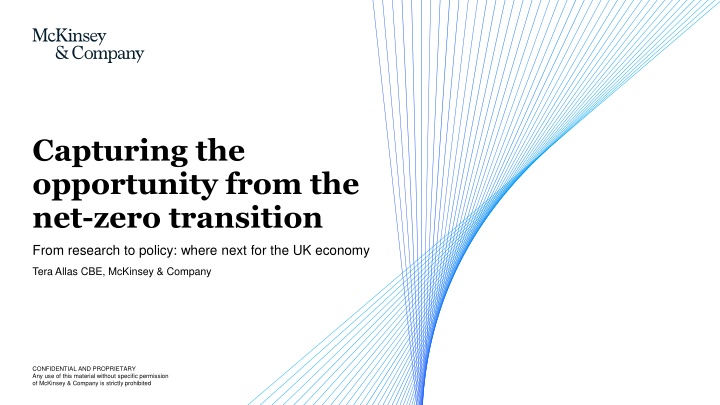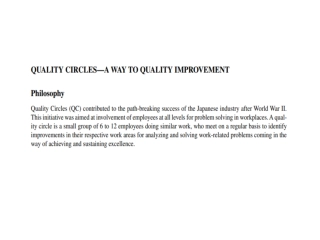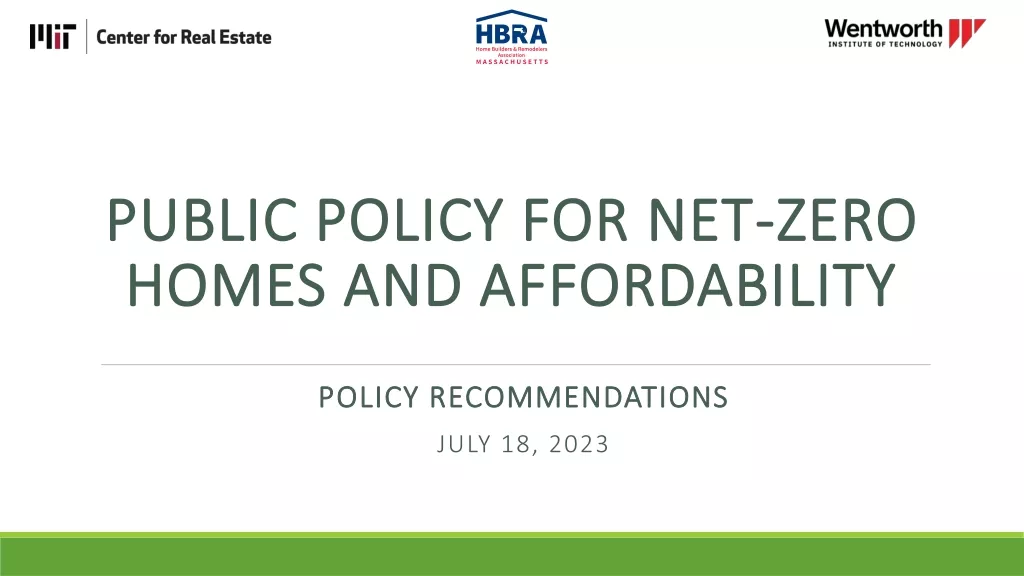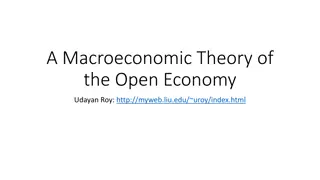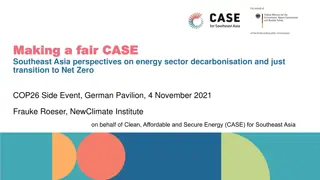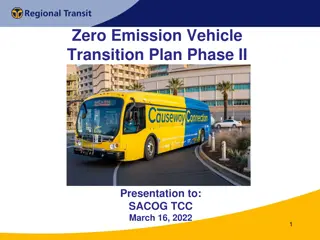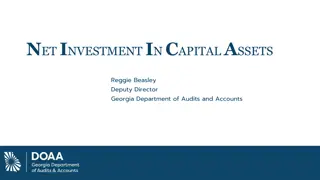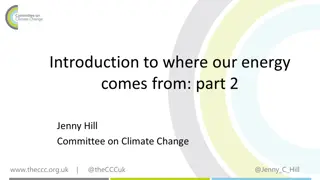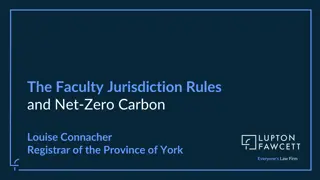Capturing the opportunity from the net-zero transition
The UK economy is poised to capture opportunities from the net-zero transition, with key sectors identified for emissions reduction. The transition presents a global and domestic capital expenditure market, offering significant potential for UK businesses. Learn about the UK's share of global capex, the net-zero capex revolution, and the business opportunities arising from this transition.
Download Presentation

Please find below an Image/Link to download the presentation.
The content on the website is provided AS IS for your information and personal use only. It may not be sold, licensed, or shared on other websites without obtaining consent from the author.If you encounter any issues during the download, it is possible that the publisher has removed the file from their server.
You are allowed to download the files provided on this website for personal or commercial use, subject to the condition that they are used lawfully. All files are the property of their respective owners.
The content on the website is provided AS IS for your information and personal use only. It may not be sold, licensed, or shared on other websites without obtaining consent from the author.
E N D
Presentation Transcript
Capturing the opportunity from the net-zero transition From research to policy: where next for the UK economy Tera Allas CBE, McKinsey & Company CONFIDENTIAL AND PROPRIETARY Any use of this material without specific permission of McKinsey & Company is strictly prohibited
A small number of businesses and business sectors account for the majority of the UK s greenhouse gas emissions GHG intensity, 2019 tCO2e per 1 million of GVA The UK s business economy and direct GHG emissions by sector, 2019 % of businesses, GVA and direct GHG emissions1 5.9 million 1.9 trillion 310 MtCO2e 3 1 Agriculture, forestry, fishing Mining, quarrying, extraction, utilities 4 3,600 5 1 15 10 6 Manufacturing 4 Transport, storage 7 18 Construction 1,500 11 36 Retail, wholesale 9 3 Hospitality 84% 3 7 Information, communication Finance, insurance Real estate 6 2 7 2 14 15 Professional, scientific, technical 400 24 8 9 Administrative, support services 350 9 6 5 Education 6 4 6 Human health, social work 5 30 5 Arts, entertainment, recreation Other services 8 2 6 2 Number of businesses Gross value added Direct business GHG emissions 1. The gross value added (GVA) and GHG emissions shown for Education and Human health, social work include GVA and emissionsfrom public sector entities that belong in these sectors. GVA for Real estate includes imputed rents of owner occupiers. 2 McKinsey & Company Source: Business population estimates 2019, BEIS; UK greenhouse gas emissions by Standard Industrial Classification (SIC) 1990-2019, BEIS; Office for National Statistics; McKinsey analysis
There are domestic and global components to the net zero transition, with a very large global capex market to tap into Three key elements of the net zero transition opportunity for the UK UK share of global capex required for net zero transition, % UK 3 Inward investment $4.5 trillion1 Exports Cost savings 97 Rest of the world 1. Additional global annual capital expenditure required to deliver the net zero transition relative to today. Includes spending reallocated from high- to low-emission assets, and additional spending on low-emission assets. 3 McKinsey & Company Source: ONS; World Bank; Going for green , CBI; The net-zero Transition: what it would cost, what it could bring , McKinsey Global Institute; McKinsey analysis
The net zero capex revolution creates opportunities for UK-based companies in a wide range of different sectors Estimated global capex by source sector, 20203 Estimated UK business opportunity, 2021-20304 Global market share of UK-based companies as suppliers of capital goods and services, %1 > 10bn 5-10 bn 1-5 bn Up to 1bn 4.5 1,000 billion Information, communication 4.0 3.5 Construction Professional and admin services 3.0 Average = 2.5% 2.5 Energy, water, waste utilities Manufacturing 2.0 Financial, insurance activities Transport, storage 1.5 Real estate activities Retail, wholesale 1.0 Agriculture, forestry, fishing 0.5 Mining, extraction of fuels 0 0 1 2 3 4 5 6 7 8 9 10 11 12 13 14 15 16 17 18 19 20 21 22 23 24 25 26 27 28 29 30 31 32 33 34 35 36 Proportion of final demand met from imported capital goods and services, %2 1. UK s share of the value added content in global gross fixed capital formation by source sector, 2015; 2. Global average share of foreign value added in final demand by source sector, 2015; 3. Based on total value added content in global gross fixed capital formation by source sector in 2015 and global growth rate of gross fixed capital formation from 2015 to 2020 in current US dollars, converted to pounds using 2020 market exchange rate; excludes public sector and sectors smaller than 100 billion; 4. Based on additional and reallocated capex in net zero pathway from 2021 to 2030 using UK s current market share 4 McKinsey & Company Source: OECD Trade in Value Added database; World Bank; Office for National Statistics; Network for Greening the Financial System (NGFS); McKinsey analysis
Global mindset for a global challenge and opportunity Key mindsets to capture the opportunities Stable vision anchored on known knowns Deep collaboration with stakeholders, avoiding capture Prioritisation based on economic value, not ease of delivery Clarity on role of markets, systems, and policies Focused delivery models for key components 5 McKinsey & Company
